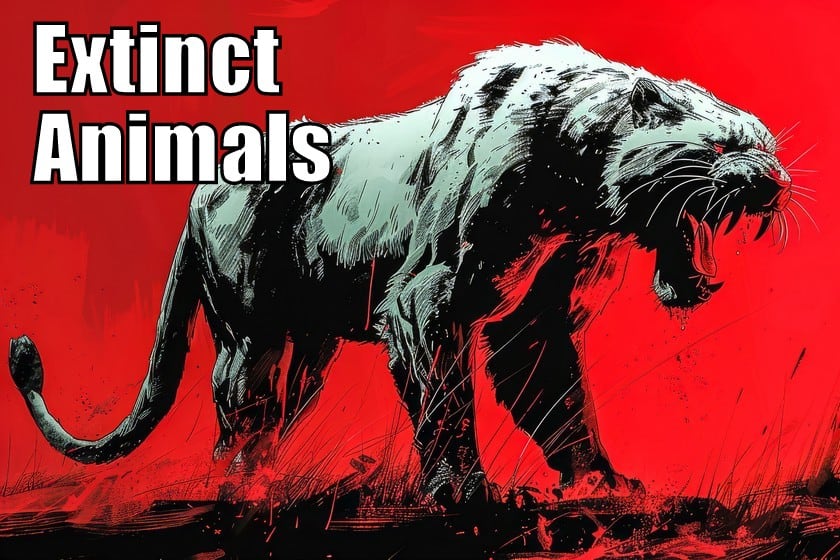
Extinction has been a natural part of Earth’s history. Over the planet’s 4.5-billion-years in existence, an estimated 99% of all species that have ever lived on Earth are now extinct. This staggering figure includes countless forms of life that evolved and disappeared, either adapting, evolving, or fading away. While most of this extinction occurred long before humans existed, the current rate of species loss is unusually high.
This article explores some of the most intriguing extinct animals.
Why Do Animals Go Extinct?
Animals go extinct for various reasons, often linked to changes in their environment and human activity.

Habitat loss is a major factor, as deforestation, urbanization, and agricultural expansion destroy the natural homes of many species, leaving them with no place to live or find food. Climate change alters ecosystems, forcing animals to adapt quickly or perish. Overhunting and poaching push many species to the brink, as their populations cannot recover from excessive human exploitation. Invasive species introduced by humans can outcompete native wildlife for resources, leading to a decline in indigenous populations. Diseases, sometimes spread by domestic animals, also play a role.
When these factors combine, they create an insurmountable challenge for many animals, ultimately leading to their extinction.
The 25 Most Interesting Extinct Animals
1. Woolly Mammoth
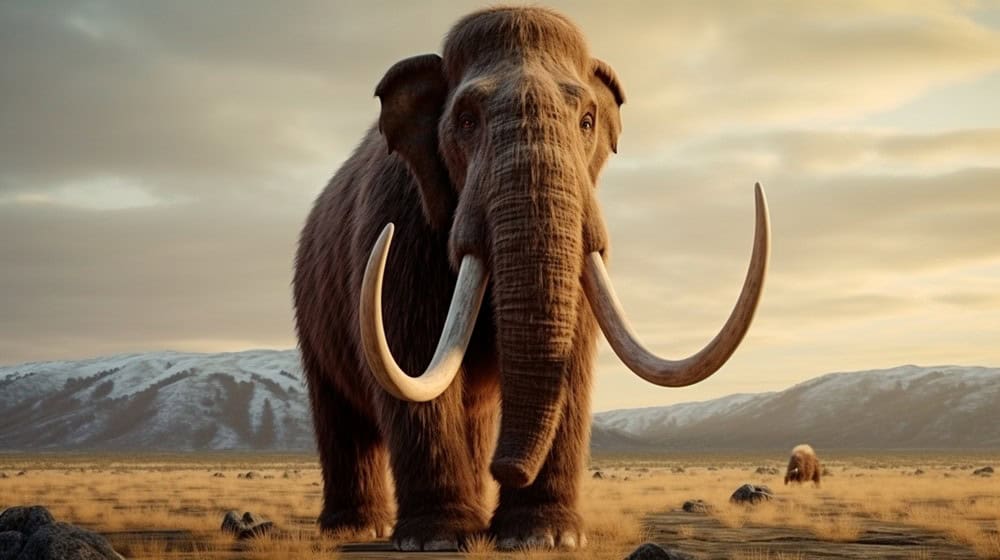
The woolly mammoth was a massive, elephant-like creature that roamed the northern tundra during the last Ice Age. These beasts stood up to 11 feet (3.4 meters) tall and could weigh up to 6 tons (5.4 metric tons). They had long, curved tusks, which could grow to 15 feet (4.6 meters), and a thick layer of fur to insulate them against the cold. Adapted for life in freezing climates, they had smaller ears than modern elephants to minimize heat loss. Mammoths used their tusks to dig through snow in search of vegetation, mainly grasses and shrubs. They went extinct around 4,000 years ago, likely due to a combination of climate change and human hunting. Today, there are discussions about possibly bringing the woolly mammoth back using advanced genetic techniques.
2. Dodo
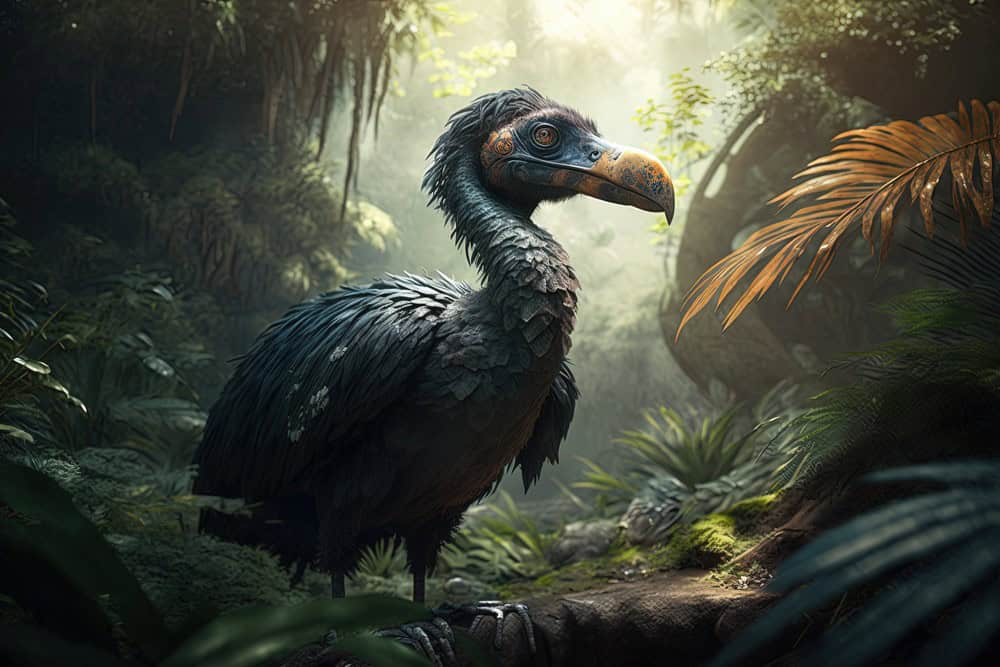
The dodo was a flightless bird native to Mauritius in the Indian Ocean. Standing about 3 feet (0.9 meters) tall and weighing up to 40 pounds (18 kilograms), it had a large, hooked beak and greyish feathers. Due to a lack of natural predators on its island home, the dodo evolved to be flightless and fearless of humans. When sailors arrived in the 17th century, they brought with them invasive species such as rats, pigs, and monkeys, which preyed on dodo eggs. Coupled with hunting by humans, this led to the bird’s extinction by the late 1600s. The dodo’s demise has become a symbol of human-induced extinction.
3. Thylacine (Tasmanian Tiger)
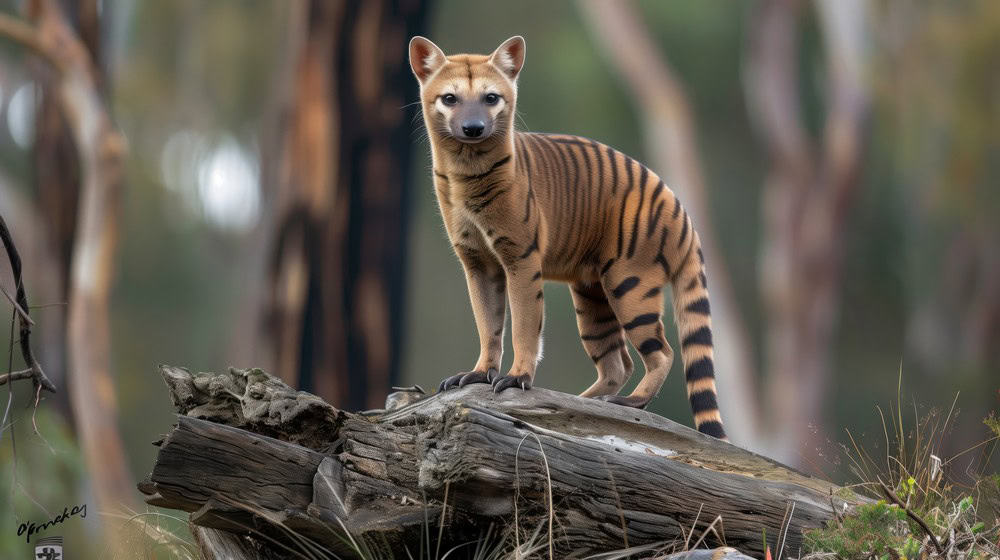
The thylacine, also known as the Tasmanian tiger, was a carnivorous marsupial native to Tasmania, Australia, and New Guinea. It had a dog-like appearance, with stripes on its back that earned it the “tiger” nickname. The thylacine measured around 4 to 6 feet (1.2 to 1.8 meters) in length, including its tail, and weighed up to 66 pounds (30 kilograms). They were nocturnal hunters, preying on small animals and birds. By the early 20th century, hunting, habitat loss, and disease brought the species to the brink of extinction. The last known thylacine died in captivity in 1936 at Hobart Zoo in Tasmania.
4. Megalodon
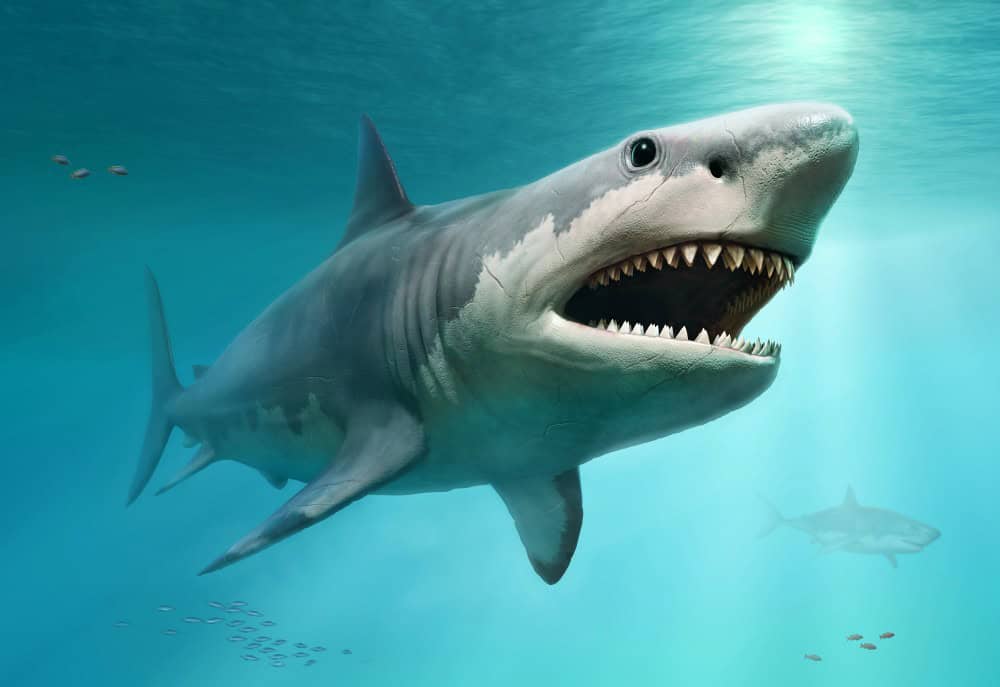
Megalodon was a colossal prehistoric shark that dominated the oceans millions of years ago. Estimates suggest it could grow up to 60 feet (18 meters) long, making it three times the size of the largest great white sharks today. It had a bite force strong enough to crush the bones of large marine mammals, its primary prey. Megalodon teeth, some as large as 7 inches (18 centimeters), are found worldwide and provide key insights into its size and diet. This apex predator thrived from about 23 to 3.6 million years ago. Its extinction is attributed to a combination of climate change, a decline in prey populations, and competition with other marine predators like the ancestors of modern great white sharks.
5. Irish Elk
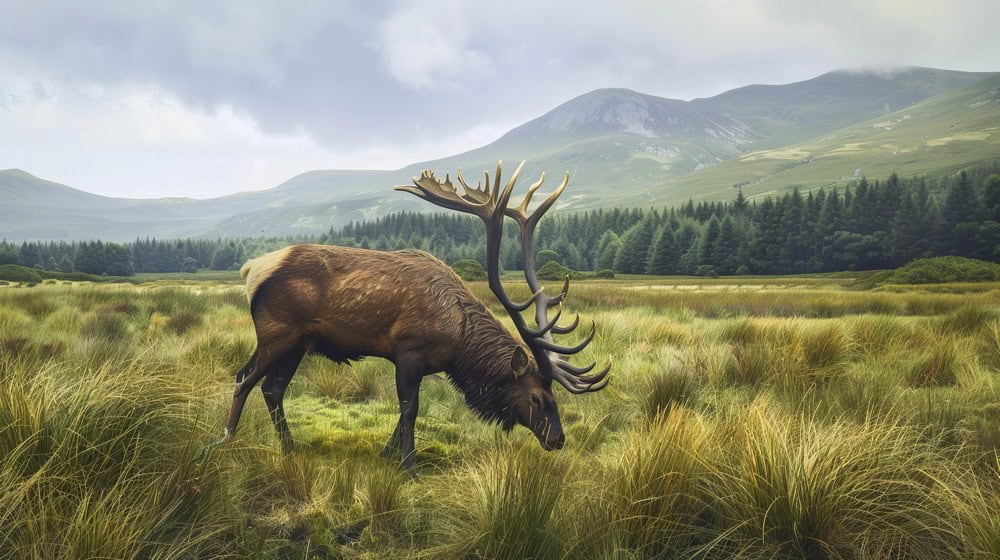
The Irish elk was one of the largest deer species to have ever existed, with males sporting enormous antlers spanning up to 12 feet (3.7 meters) from tip to tip. They stood about 7 feet (2.1 meters) tall at the shoulder and could weigh up to 1,500 pounds (680 kilograms). Despite its name, this species ranged across Europe and Asia, not just Ireland. The antlers, while impressive, may have contributed to their extinction, as they required significant energy and resources to grow. The Irish elk became extinct approximately 7,700 years ago, likely due to a combination of climate change, habitat loss, and hunting by early humans.
6. Quagga
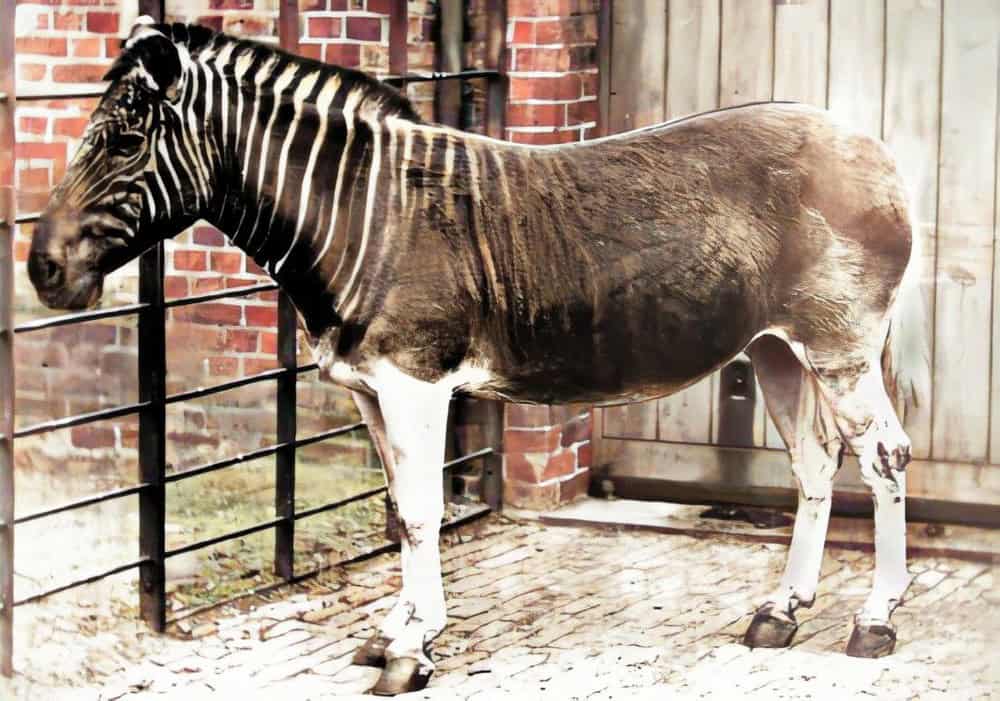
The quagga was a unique subspecies of the plains zebra, distinguished by its half-striped, half-solid coat. It had stripes on the front half of its body, while the rear was plain brown, resembling a horse. Quaggas measured about 8 feet (2.4 meters) long and stood about 4.5 feet (1.4 meters) at the shoulder. Native to South Africa, they roamed the grasslands in large herds. Overhunting and competition with domestic livestock led to their decline. The last known quagga died in an Amsterdam zoo in 1883. Efforts are currently underway to selectively breed zebras to recreate the quagga’s distinctive appearance.
7. Saber-Toothed Cat (Smilodon)
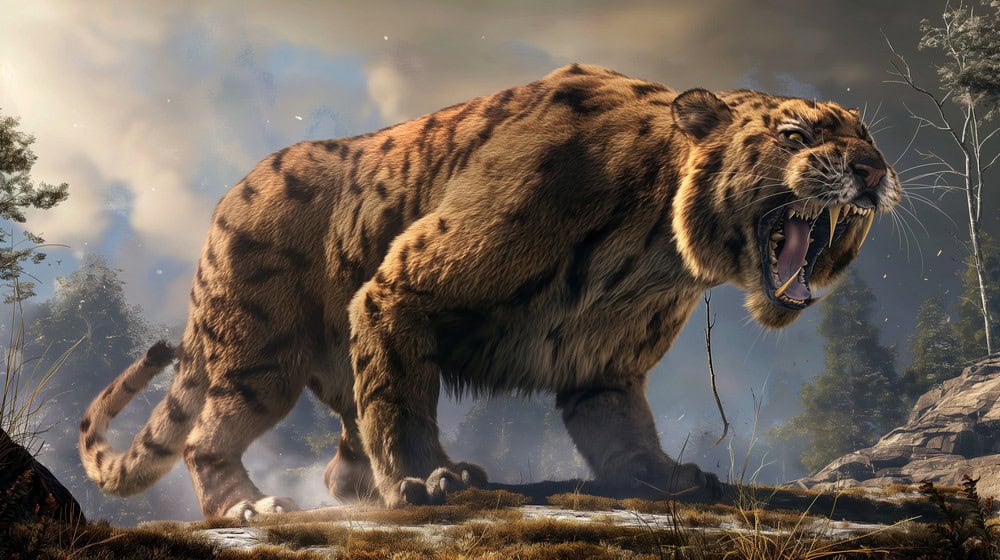
The saber-toothed cat, or Smilodon, was one of the most fascinating prehistoric predators. It was known for its long, curved canine teeth, which could grow up to 7 inches (18 centimeters) in length. Smilodon stood about 3.6 feet (1.1 meters) at the shoulder and could weigh up to 620 pounds (280 kilograms). Unlike modern big cats, it had a robust build, with powerful forelimbs designed for grappling with large prey. Smilodon primarily hunted large herbivores like bison and camels. This apex predator went extinct around 10,000 years ago, likely due to the decline of large prey species and changing climates at the end of the Ice Age.
8. Passenger Pigeon
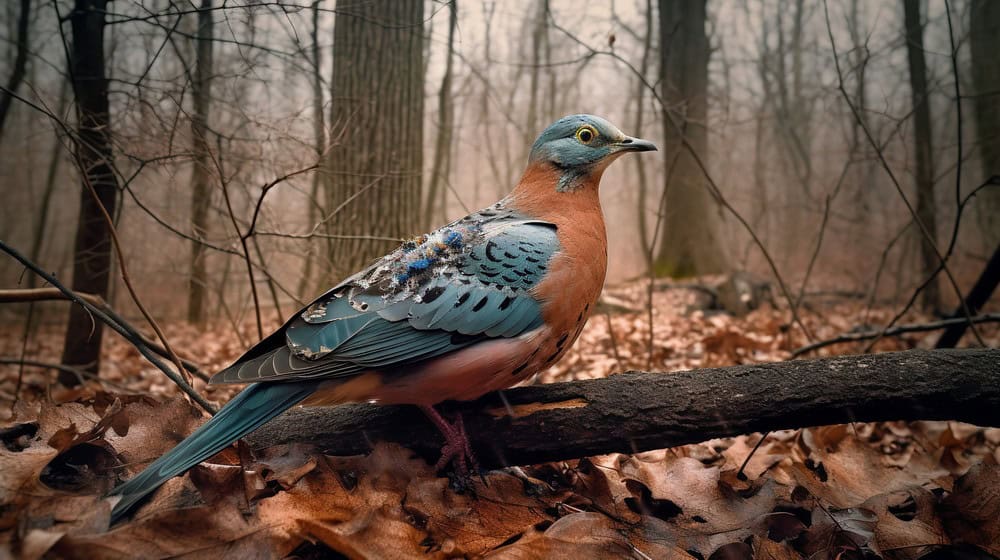
The passenger pigeon was once the most abundant bird in North America, with a population estimated at 3 to 5 billion. These birds were medium-sized, measuring about 16 inches (41 centimeters) in length. They migrated in massive flocks that could darken the sky for hours. Despite their vast numbers, they were hunted extensively for food and sport in the 19th century. Habitat destruction also played a role in their decline. The last known passenger pigeon, named Martha, died in captivity in 1914 at the Cincinnati Zoo.
9. Gigantopithecus

Gigantopithecus was a massive ape that lived in Southeast Asia between 2 million and 300,000 years ago. Standing up to 10 feet (3 meters) tall and weighing around 1,100 pounds (500 kg), it was the largest ape to ever exist. Gigantopithecus is believed to have been primarily herbivorous, feeding on bamboo and other plant materials, much like modern-day gorillas. Its extinction is thought to be linked to climate change and competition for food with early humans. Despite its impressive size, only fossilized teeth and jaw fragments have been found, making it a mystery in many aspects.
10. Steller’s Sea Cow
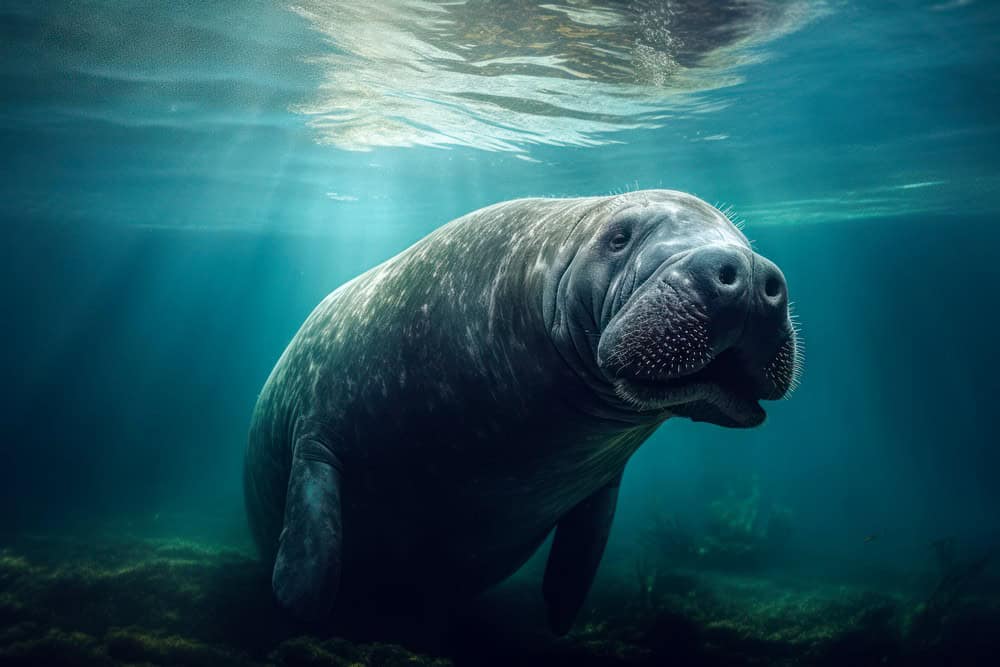
Steller’s sea cow was a massive marine mammal that lived in the North Pacific Ocean. They could grow up to 30 feet (9 meters) long and weigh as much as 10 tons (9 metric tonnes). Unlike other sea cows, they had no teeth and instead relied on a diet of kelp and other sea plants. Steller’s sea cow was discovered by Europeans in 1741 and was hunted relentlessly for its meat, blubber, and hide. Within 30 years of its discovery, this gentle ainmal was driven to extinction by 1768. It is an example of how quickly a species can be eradicated by human exploitation.
11. Moa
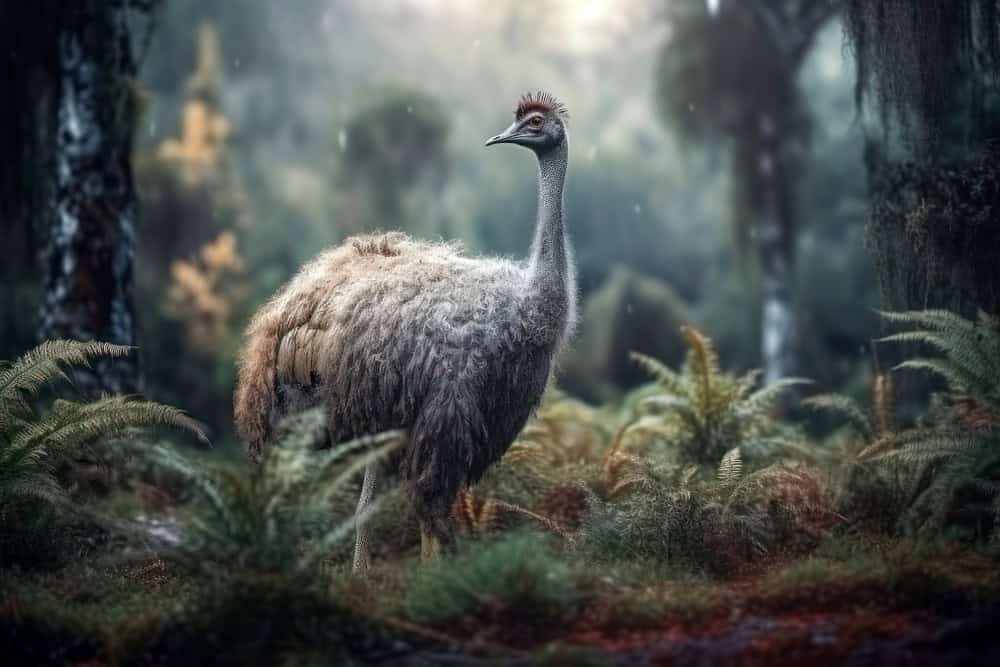
The moa were large flightless birds native to New Zealand, with some species standing up to 12 feet (3.7 meters) tall. There were nine species of moa, varying in size from turkey-sized birds to towering giants. They were herbivores, feeding on leaves, fruits, and seeds. Moas had no natural predators until the arrival of humans around 1300 AD. The introduction of human hunters and habitat destruction led to their rapid decline. By around 1400 AD, all moa species were extinct. Their extinction also contributed to the disappearance of the Haast’s eagle, their primary predator and number 14 on this list.
12. Plesiosaur
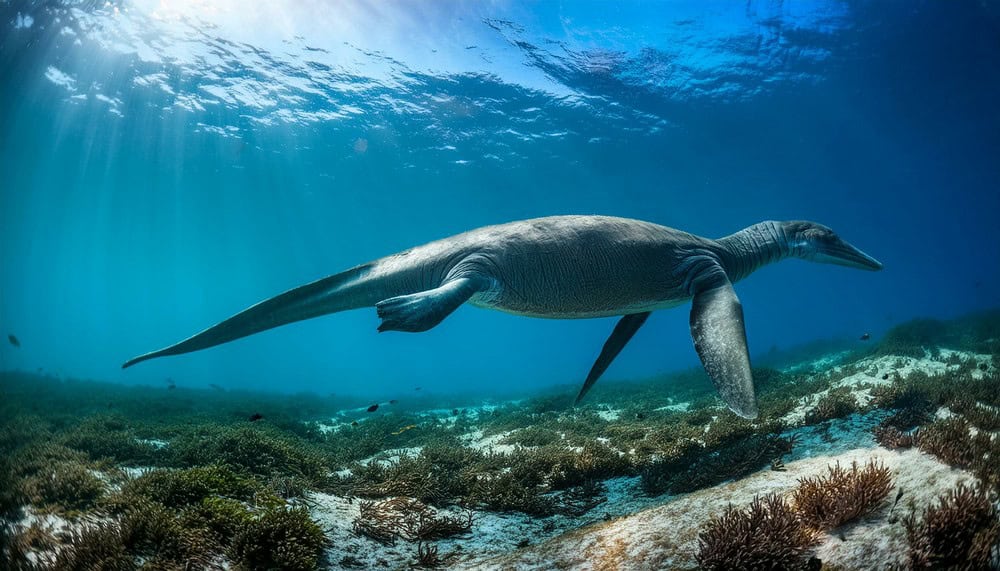
Plesiosaurs were large marine reptiles that lived during the age of the dinosaurs, around 200 to 65 million years ago. They had a distinct appearance, with long necks, small heads, and broad, flipper-like limbs. Some species grew up to 50 feet (15 meters) long. Plesiosaurs were powerful swimmers, using their flippers to propel themselves through the water in pursuit of fish and other marine prey. They went extinct around the same time as the dinosaurs, however theories suggest that the Loch Ness Monster could be a plesiosaur.
13. Pyrenean Ibex
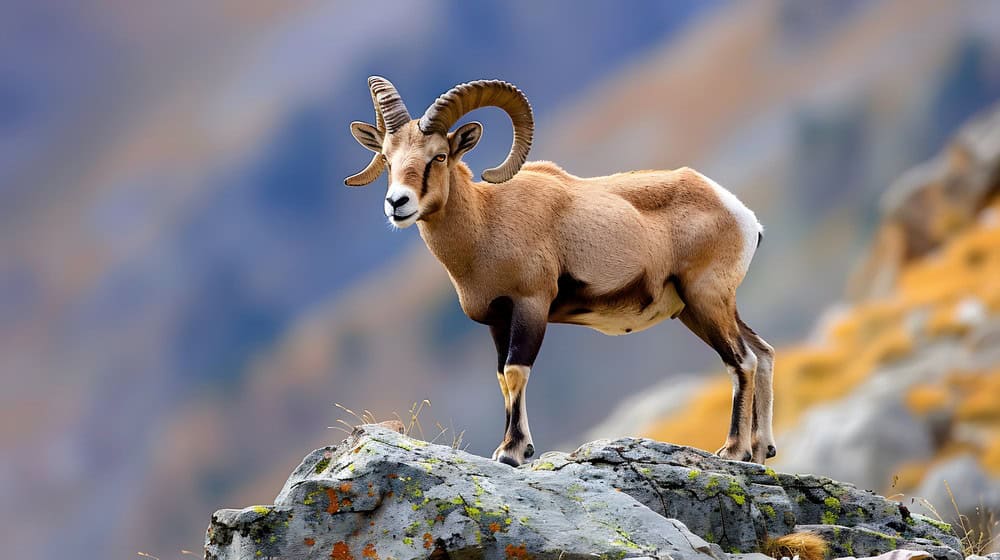
The Pyrenean ibex was a type of wild goat that lived in the Pyrenees mountains between Spain and France. It stood around 2.5 feet (0.75 meters) tall at the shoulder and had long, curved horns. They were adapted to mountainous terrain, feeding on grasses and herbs. Overhunting and competition with livestock led to their decline. The last known Pyrenean ibex, named Celia, died in 2000. Interestingly, scientists attempted to clone the species in 2003, resulting in a short-lived clone that died minutes after birth due to lung defects.
14. Haast’s Eagle
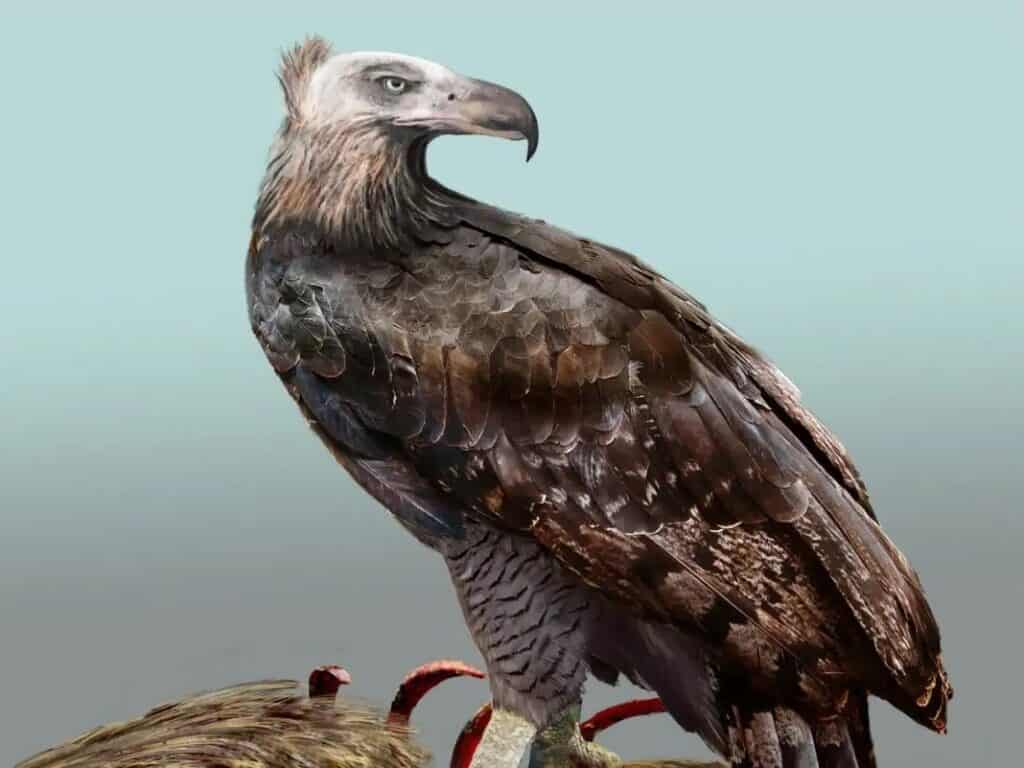
Haast’s eagle was the largest eagle to have ever existed, with a wingspan of up to 10 feet (3 meters) and weighing around 33 pounds (15 kilograms). Native to New Zealand, it preyed primarily on large flightless birds like the moa. Haast’s eagles were apex predators with powerful talons that could crush bone and deliver a killing blow to their prey. When humans arrived in New Zealand and hunted the moa to extinction, the eagles lost their primary food source. As a result, Haast’s eagle went extinct around 1400 AD, shortly after the moa disappeared.
15. Cave Lion
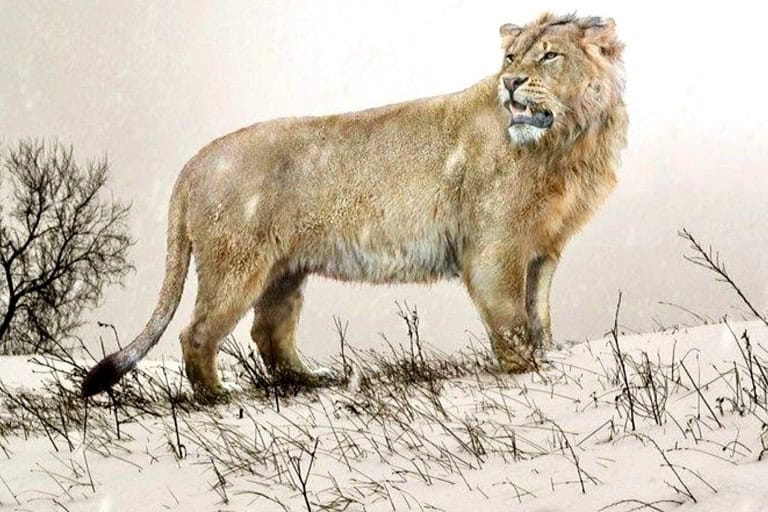
The cave lion, also known as the European or Eurasian cave lion, was one of the largest lion species to have ever lived. It stood about 4 feet (1.2 meters) tall at the shoulder and weighed up to 880 pounds (400 kilograms). Unlike modern lions, it had a more robust build and possibly lacked a mane. Cave lions roamed Europe and Asia during the Pleistocene epoch, preying on large herbivores such as deer, horses, and even mammoths. They are depicted in ancient cave art, indicating their significance to early humans. The cave lion went extinct around 14,000 years ago, likely due to climate change and human competition.
16. Caribbean Monk Seal
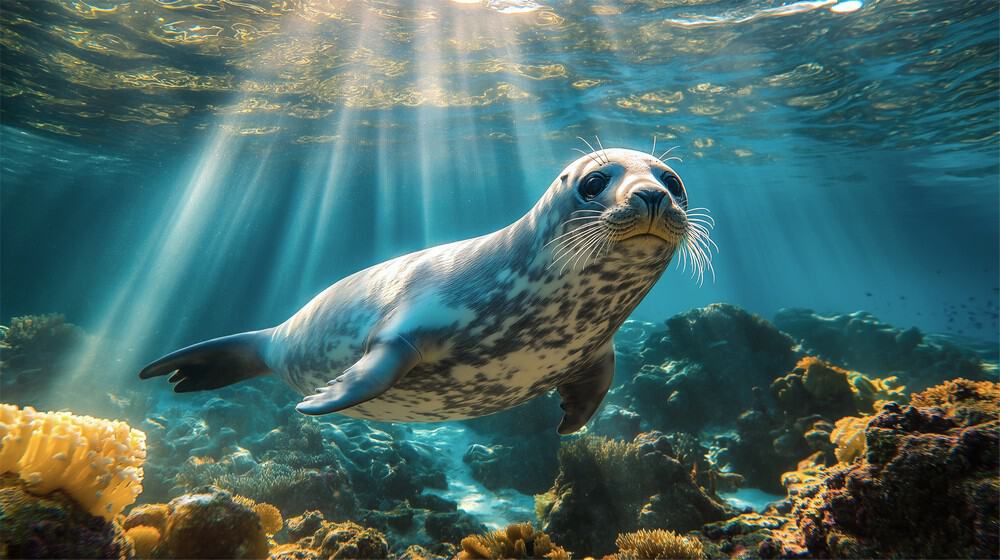
The Caribbean monk seal was a marine mammal once found throughout the Caribbean Sea, the Gulf of Mexico, and the waters surrounding Central America. They could reach up to 8 feet (2.4 meters) in length and weigh around 600 pounds (272 kilograms). They were slow-moving, making them easy targets for hunters who prized their blubber for oil. Overhunting, combined with habitat loss and overfishing of their prey, led to their decline. The last confirmed sighting of the Caribbean monk seal was in 1952, and it was officially declared extinct in 2008. They were the only seal species native to the Caribbean.
17. Gastric-Brooding Frog
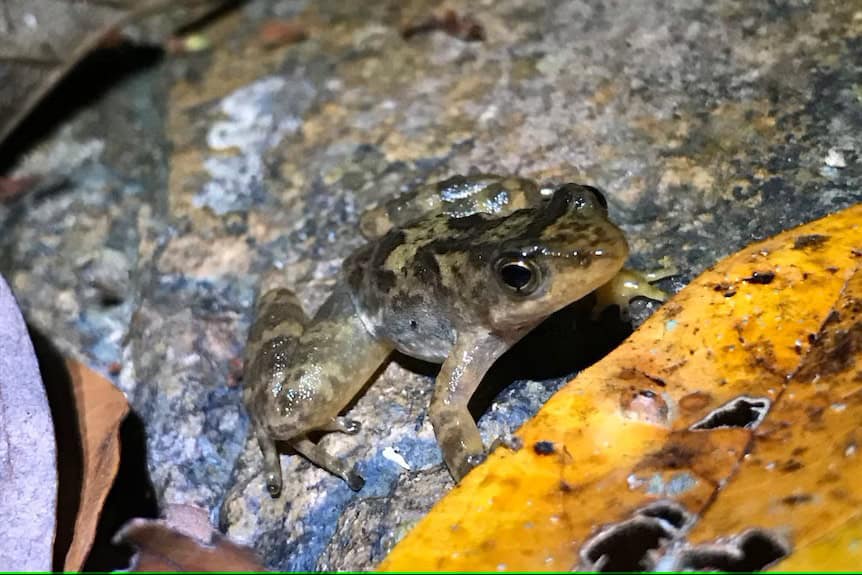
The gastric-brooding frog was an amphibian native to Australia, known for its extraordinary reproductive method. Females would swallow their fertilized eggs, turning their stomachs into a temporary womb. After the eggs hatched, the mother would give birth through her mouth. These frogs were small, with adults reaching only 2 inches (5 centimeters) in length. They were discovered in the 1970s, but by the mid-1980s, they had disappeared, likely due to habitat loss, pollution, and disease.
18. Bluebuck
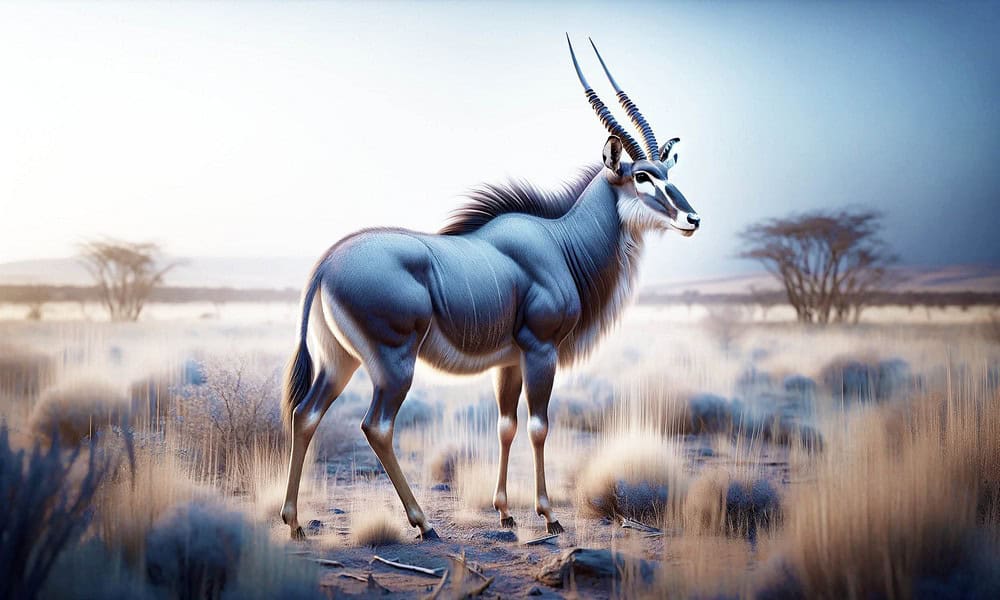
The bluebuck was a species of antelope native to the grasslands of South Africa. It stood about 4 feet (1.2 meters) tall at the shoulder and had a bluish-grey coat, which gave it its name. Bluebucks were grazers, feeding primarily on grasses. They were one of the first African mammals to be driven to extinction by European settlers. Overhunting and habitat destruction for agriculture led to their rapid decline. By the late 18th century, they were extinct, with the last known specimen shot in the 1790s. Very few bluebuck specimens exist in museums today.
19. Aurochs
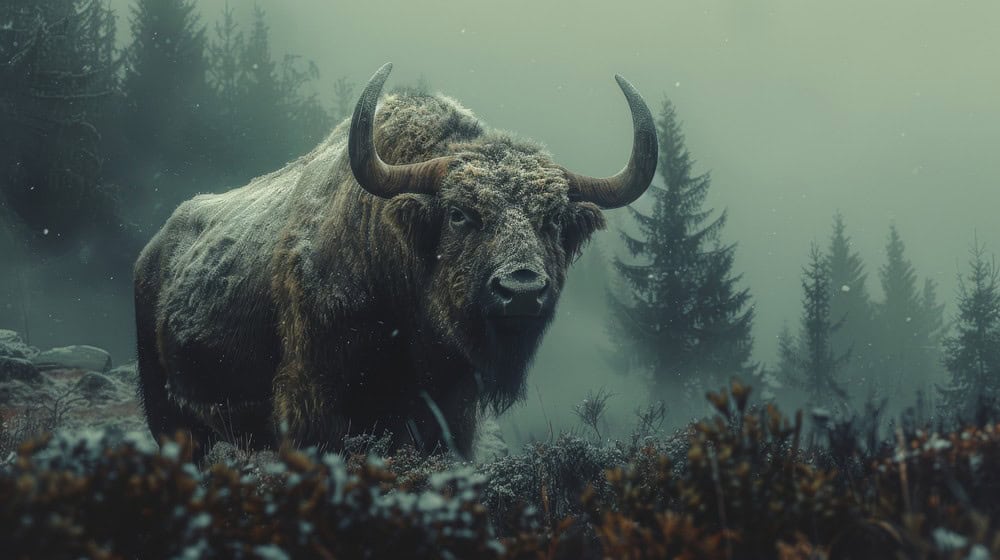
The aurochs was the wild ancestor of modern domestic cattle. These large bovines stood about 6 feet (1.8 meters) tall at the shoulder and could weigh over 1,500 pounds (680 kilograms). Aurochs had long, curved horns and a muscular build. They roamed the forests and plains of Europe, Asia, and North Africa for thousands of years. Overhunting and habitat loss due to agricultural expansion led to their decline. The last known aurochs died in Poland in 1627. The species has been the subject of breeding programs attempting to recreate their physical characteristics in modern cattle.
20. Pinta Island Tortoise
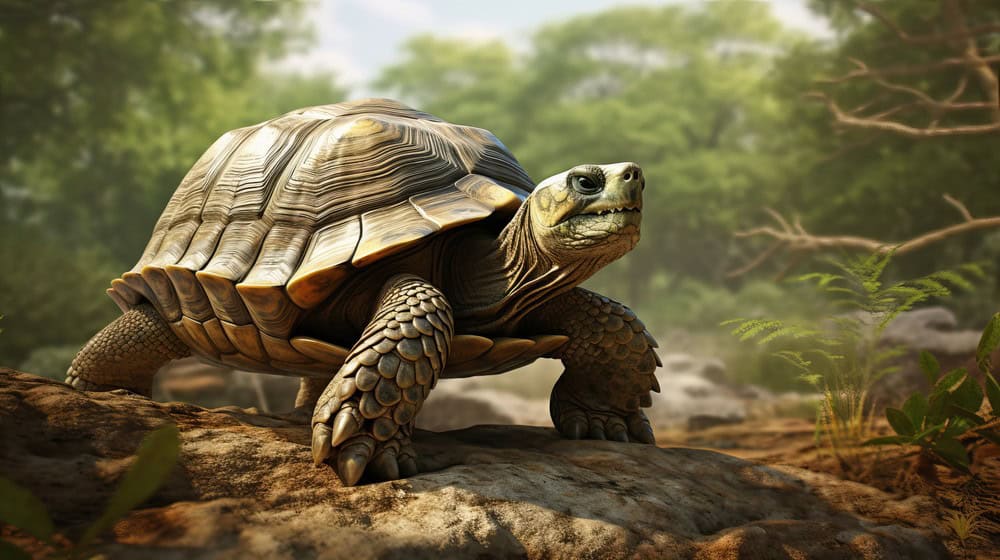
The Pinta Island tortoise was a subspecies of the Galápagos giant tortoise, native to Pinta Island. These tortoises could weigh up to 500 pounds (227 kilograms) and have shells measuring over 4 feet (1.2 meters) in length. They were herbivores, feeding on vegetation such as cacti and grasses. The introduction of goats to Pinta Island in the early 20th century led to habitat degradation and competition for food, pushing the tortoises to the brink of extinction. “Lonesome George,” the last known individual, died in 2012, marking the end of the subspecies.
21. Atlas Bear
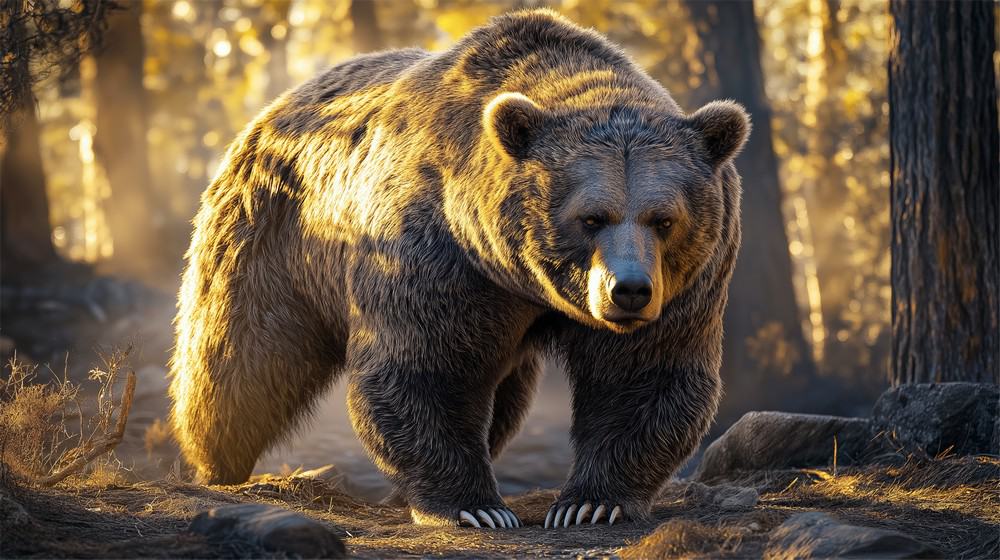
The Atlas bear was the only bear species native to Africa, specifically the Atlas Mountains of North Africa. They stood about 9 feet (2.7 meters) tall and had a thick, dark coat. Atlas bears were primarily herbivorous, feeding on roots, nuts, and fruit, but they occasionally ate small animals. Overhunting by the Roman Empire for sport and later by European settlers contributed to their decline. Habitat destruction further reduced their numbers. By the late 19th century, the Atlas bear was extinct, with the last confirmed individual killed in Morocco in the 1870s.
22. Baiji (Yangtze River Dolphin)
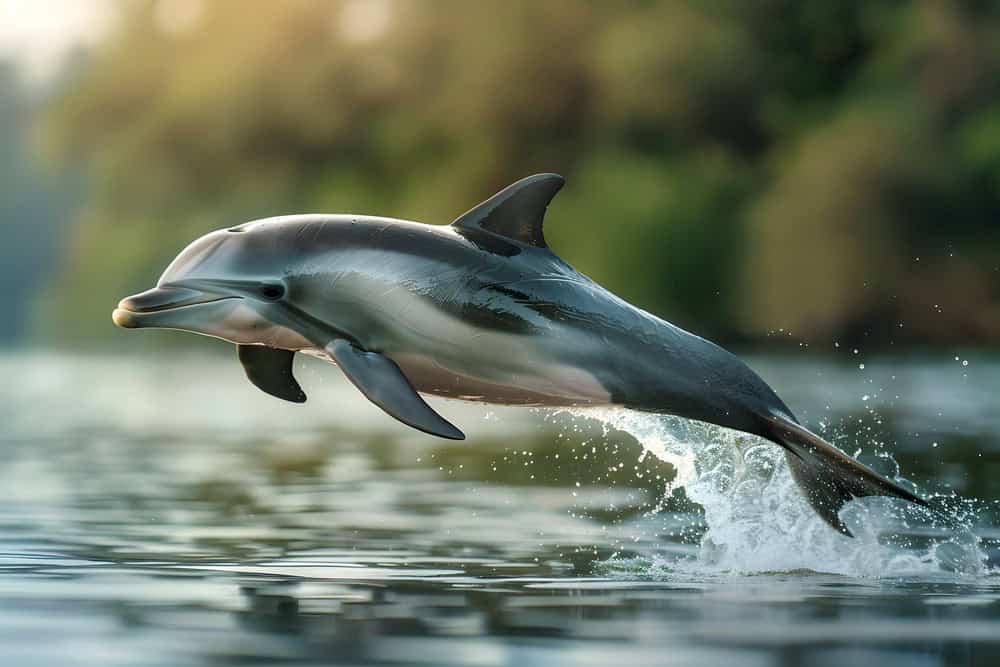
The Baiji was a freshwater dolphin species native to China’s Yangtze River. They measured up to 8 feet (2.4 meters) in length and had a distinctive long, narrow beak. Baijis were well-adapted to the murky river environment, using echolocation to navigate and hunt fish. Industrialization, overfishing, pollution, and habitat destruction severely impacted their population. Despite conservation efforts, the Baiji was declared functionally extinct in 2006 after extensive surveys failed to find any surviving individuals.
23. Great Auk
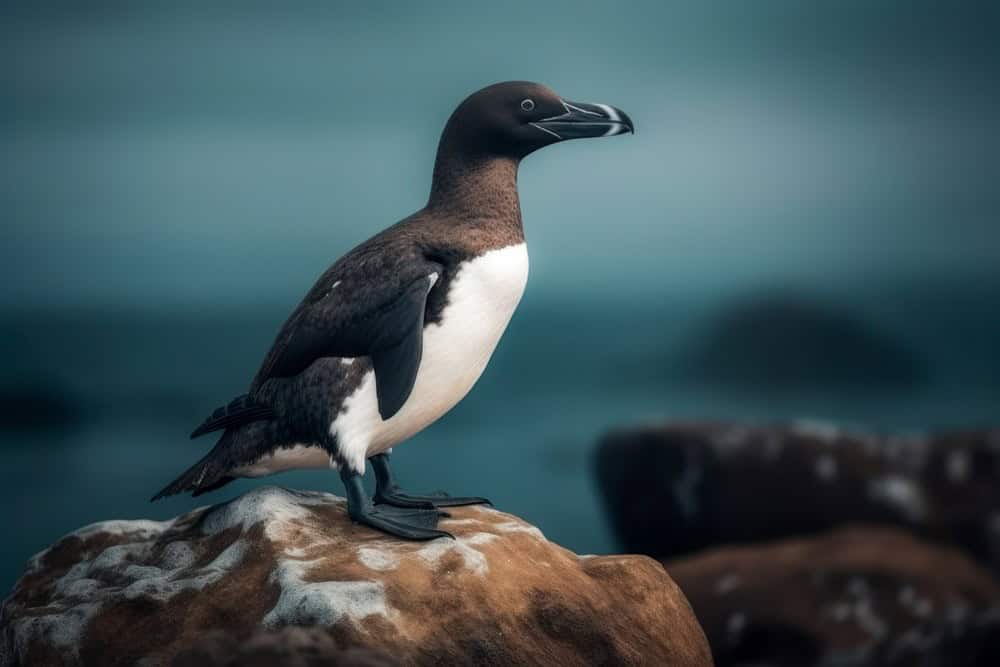
The great auk was a large, flightless bird that lived in the North Atlantic, measuring about 30 inches (76 centimeters) in height. With its black-and-white plumage and short wings, it was well-adapted to diving and swimming. Great auks were once found in large colonies on rocky islands off the coasts of Canada, Greenland, Iceland, and northern Europe. They were hunted for their feathers, meat, and oil, leading to a rapid decline in their numbers. By the mid-19th century, the great auk was extinct, with the last confirmed sighting in 1844 when two were killed off the coast of Iceland.
24. Bali Tiger
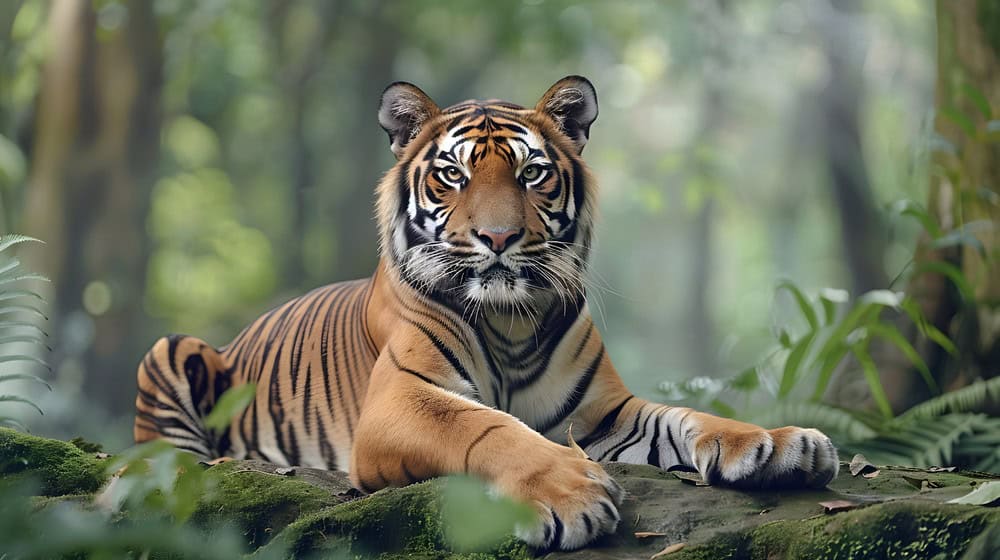
The Bali tiger was a small subspecies of tiger native to the Indonesian island of Bali. They were smaller than other tiger subspecies, with males weighing up to 220 pounds (100 kilograms) and females around 175 pounds (80 kilograms). Bali tigers had distinctive dark stripes on a bright orange coat and were known for their elusive nature. They were the apex predators on the island, preying on deer and wild boar. Due to habitat loss and hunting by European settlers, the Bali tiger went extinct in the 20th century, with the last confirmed sighting in the 1930s.
25. Short-Faced Bear
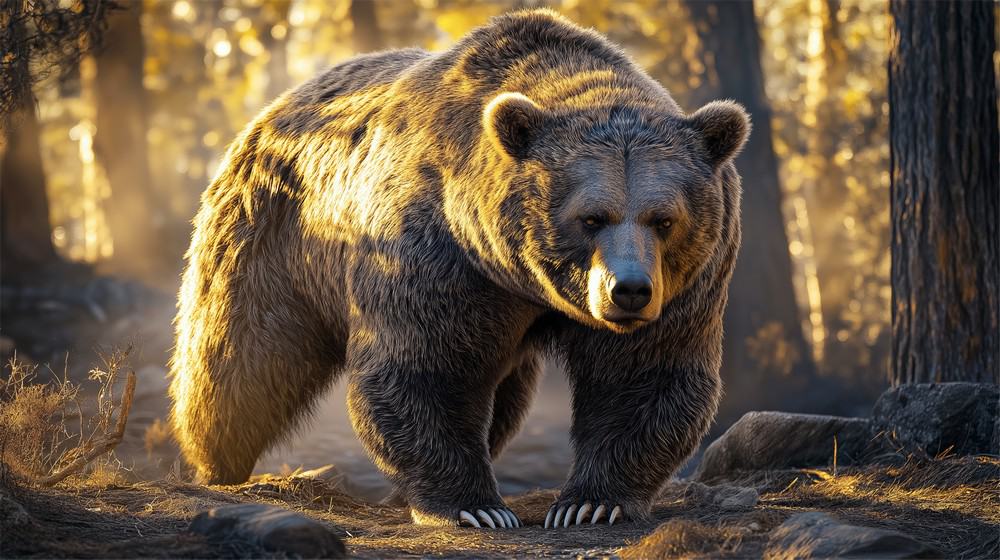
The short-faced bear was one of the largest bear species that ever lived, roaming North America during the Ice Age. Standing up to 12 feet (3.7 meters) tall when on its hind legs, it weighed up to 1,500 pounds (680 kilograms). Its long legs and short face gave it a distinctive appearance, and it was built for speed, capable of running down prey. The short-faced bear was an apex predator, competing with other large carnivores like the saber-toothed cat. It went extinct around 11,000 years ago, likely due to a combination of climate change and competition for food as large prey species declined.




























































